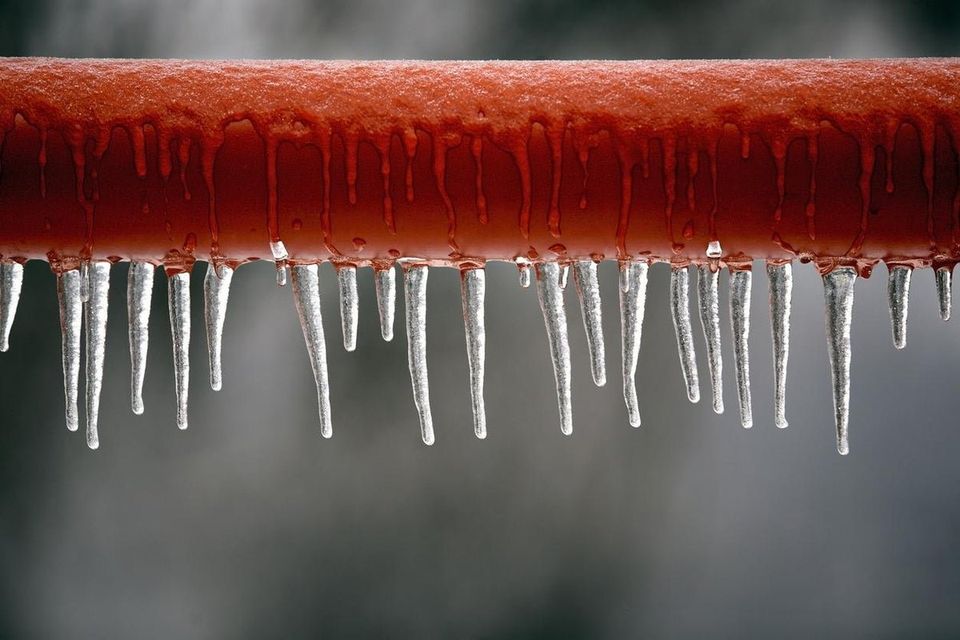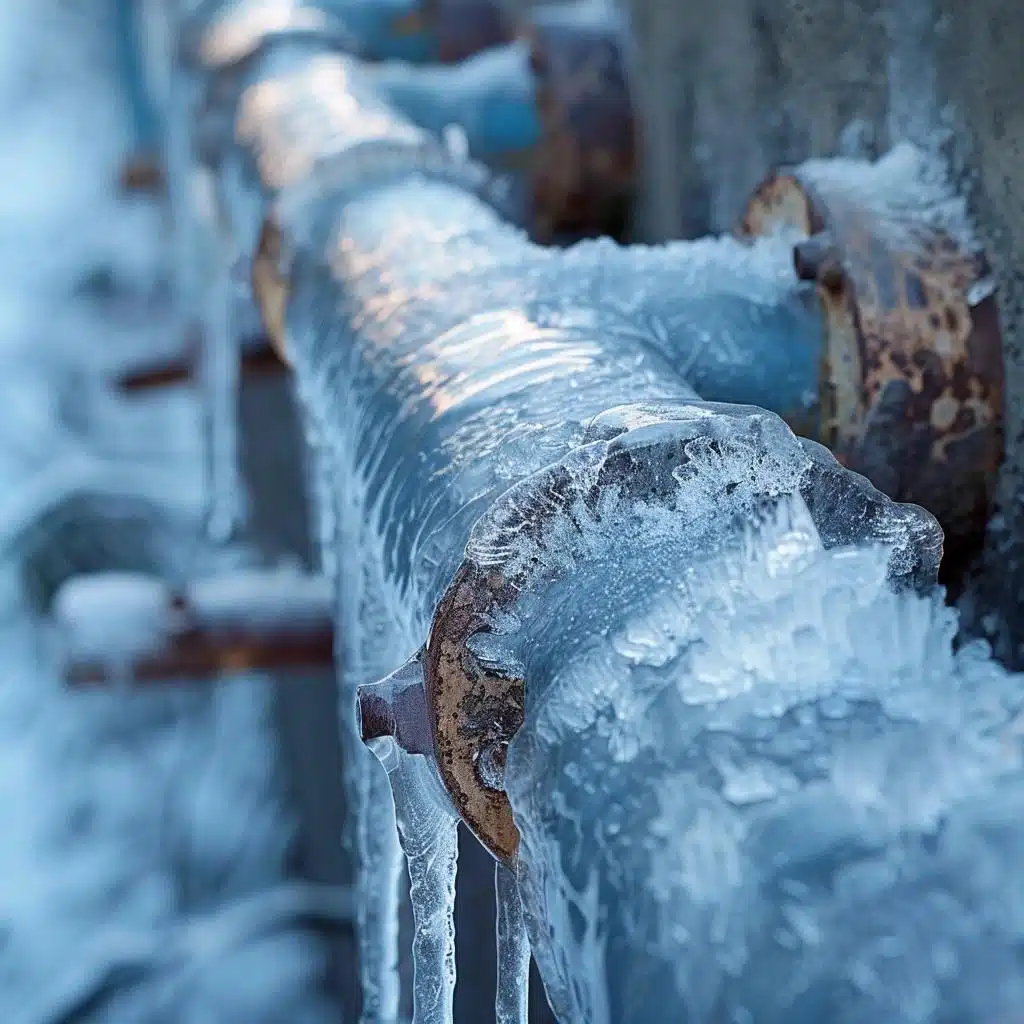Protecting Against Frozen Plumbing: Effective Methods for Winter
Protecting Against Frozen Plumbing: Effective Methods for Winter
Blog Article
We've uncovered this article pertaining to Prevent Frozen Pipes directly below on the web and accepted it made sense to share it with you here.

Cold weather can wreak havoc on your pipes, specifically by freezing pipes. Below's exactly how to avoid it from taking place and what to do if it does.
Introduction
As temperatures drop, the danger of frozen pipes rises, potentially bring about costly repair work and water damage. Recognizing how to stop icy pipelines is critical for home owners in cold climates.
Avoidance Tips
Protecting at risk pipes
Cover pipelines in insulation sleeves or utilize warm tape to shield them from freezing temperatures. Focus on pipelines in unheated or external areas of the home.
Heating strategies
Keep indoor spaces properly warmed, particularly areas with plumbing. Open cupboard doors to allow warm air to circulate around pipes under sinks.
Exactly how to identify frozen pipelines
Look for lowered water circulation from faucets, uncommon smells or sounds from pipes, and visible frost on revealed pipes.
Long-Term Solutions
Architectural modifications
Take into consideration rerouting pipelines away from exterior walls or unheated locations. Include additional insulation to attic rooms, basements, and crawl spaces.
Updating insulation
Purchase top quality insulation for pipes, attics, and walls. Proper insulation assists keep regular temperatures and lowers the risk of frozen pipes.
Safeguarding Outside Pipes
Yard hose pipes and outside taps
Separate and drain pipes yard hose pipes prior to winter. Install frost-proof faucets or cover exterior faucets with insulated caps.
Comprehending Icy Pipelines
What causes pipelines to ice up?
Pipelines ice up when subjected to temperatures listed below 32 ° F (0 ° C) for expanded periods. As water inside the pipes freezes, it increases, taxing the pipeline walls and potentially causing them to burst.
Threats and damages
Frozen pipelines can cause supply of water disturbances, property damage, and expensive repairs. Ruptured pipes can flooding homes and cause substantial architectural damage.
Indications of Frozen Water Lines
Determining icy pipelines early can stop them from bursting.
What to Do If Your Pipelines Freeze
Immediate activities to take
If you suspect icy pipes, maintain faucets available to alleviate pressure as the ice melts. Make use of a hairdryer or towels soaked in hot water to thaw pipes slowly.
Verdict
Protecting against icy pipes requires aggressive measures and quick responses. By comprehending the causes, indications, and preventive measures, house owners can protect their plumbing during cold weather.
5 Ways to Prevent Frozen Pipes
Drain Outdoor Faucets and Disconnect Hoses
First, close the shut-off valve that controls the flow of water in the pipe to your outdoor faucet. Then, head outside to disconnect and drain your hose and open the outdoor faucet to allow the water to completely drain out of the line. Turn off the faucet when done. Finally, head back to the shut-off valve and drain the remaining water inside the pipe into a bucket or container. Additionally, if you have a home irrigation system, you should consider hiring an expert to clear the system of water each year.
Insulate Pipes
One of the best and most cost-effective methods for preventing frozen water pipes is to wrap your pipes with insulation. This is especially important for areas in your home that aren’t exposed to heat, such as an attic. We suggest using foam sleeves, which can typically be found at your local hardware store.
Keep Heat Running at 65
Your pipes are located inside your walls, and the temperature there is much colder than the rest of the house. To prevent your pipes from freezing, The Insurance Information Institute suggests that you keep your home heated to at least 65 degrees, even when traveling. You may want to invest in smart devices that can keep an eye on the temperature in your home while you’re away.
Leave Water Dripping
Moving water — even a small trickle — can prevent ice from forming inside your pipes. When freezing temps are imminent, start a drip of water from all faucets that serve exposed pipes. Leaving a few faucets running will also help relieve pressure inside the pipes and help prevent a rupture if the water inside freezes.
Open Cupboard Doors
Warm your kitchen and bathroom pipes by opening cupboards and vanities. You should also leave your interior doors ajar to help warm air circulate evenly throughout your home.

We hope you liked our piece on Winter Plumbing Precautions: Preventing Frozen Pipes. Thanks so much for taking time to read through our post. So long as you enjoyed reading our blog entry kindly do not forget to share it. Kudos for your time. Please come visit our blog back soon.
Call Today Report this page